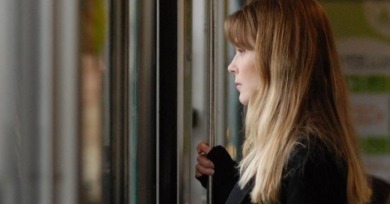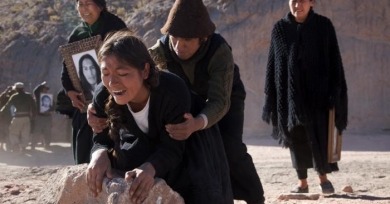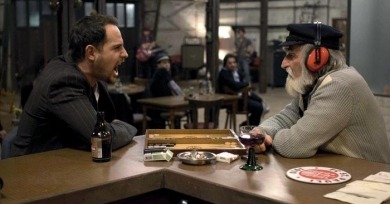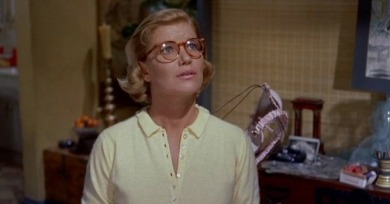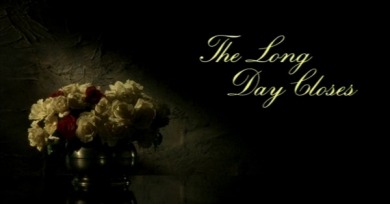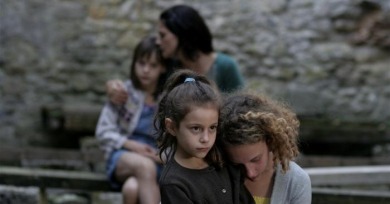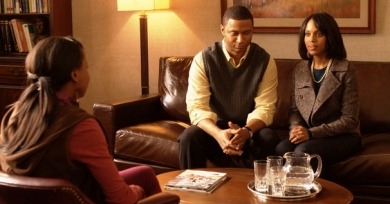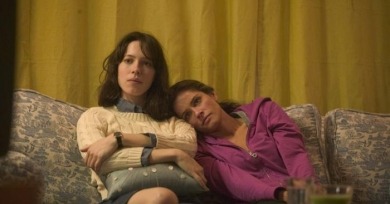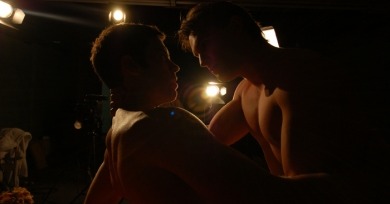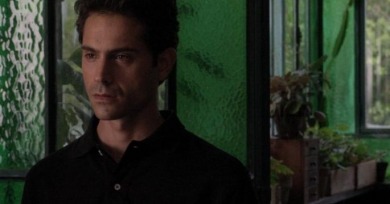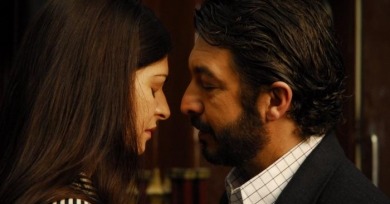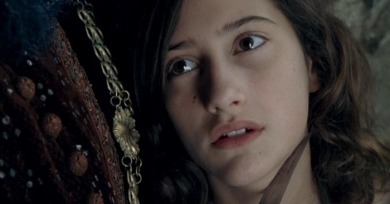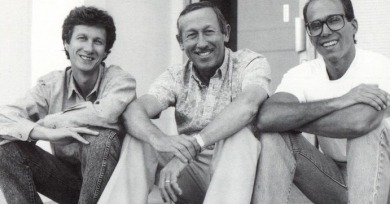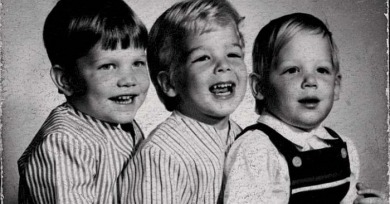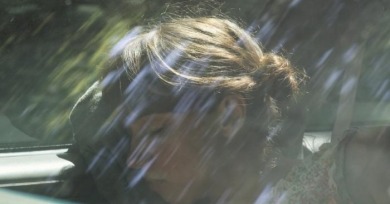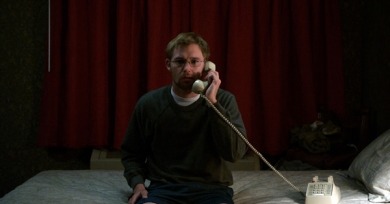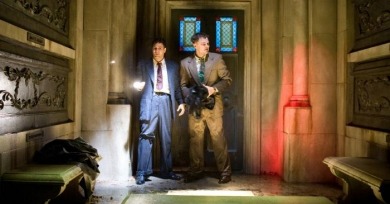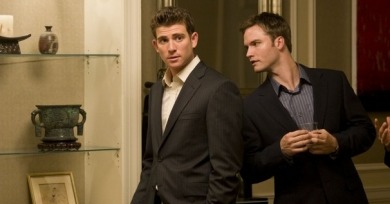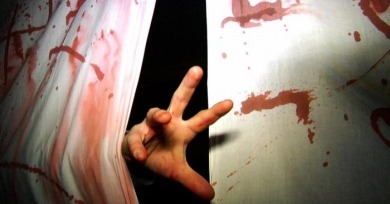Michael Koresky
At this point, it’s safe to say François Ozon is clearly neither the rabble-rousing enfant terrible he first seemed nor the stealth subversive mainstream filmmaker he might have evolved into.
International culture-clash movie narratives used to be about bridging gaps, language barriers, righting wrongs, learning, healing. How times have changed.
German-Turkish director Fatih Akin’s penchant for over-peppering his plots with contrivance and forced convolution would seem to have found the perfect fit in the high-decibel comic confection Soul Kitchen.
If one shot can contain an entire film in essence, then can a sound?
Escapist in the truest and least perturbing sense of the word, this conceptually gentle but artistically bold fiction-documentary hybrid takes viewers to a lush, vivid natural world—the second largest coral reef on the planet, the Banco Chinchorro to be exact, located in Quintana Roo, Mexico.
The British filmmaker begins the narrative proper of his 1992 masterpiece The Long Day Closes with the blazing brass pomp of Twentieth Century Fox’s iconic fanfare, written by Alfred Newman.
Hansen-Løve, as it turns out, is not interested in charting the everyday frustrations of a man unable to mix his worlds; rather The Father of My Children becomes a portrait of crippling contemporary anxiety, both professional and familial, and the possibility that they may never be fully reconciled.
While not without its stilted moments and easy sentiments, Mother and Child is lucid, engaging, and novelistic in the best sense—even if it could have used that little extra aesthetic push that made Nine Lives so remarkable.
That she rarely lets any of her characters—whether ostensibly heroes or antagonists—off the hook indicates a cynicism that’s at least grounded and far-sighted, but it also often makes her films feel agenda-driven, narrow, and guarded.
Straightforwardly titled yet bent to the max, Pornography is a shape-shifting, genre-twisting plunge into a nefarious sexual underworld that so envisions itself as a David Lynch film it might just qualify as having an identity crisis.
As with so many films that bear the “Merchant Ivory Presents” imprimatur, The City of Your Final Destination is preoccupied with legacy—inheritance, knowledge, generational conflict, the betraying or keeping of familial secrets.
The title of the new Argentinean film The Secret in Their Eyes sounds like a crummy Anglicization of a foreign import. Alas, no, it’s a direct translation, and, ultimately, all too fitting for the moth-eaten movie at hand.
Breillat mounts Bluebeard efficiently and cheaply, shooting on video and casting many local, nonprofessional actors; the result recalls the intentional period artificiality of such films as Eric Rohmer’s Perceval or Robert Bresson’s Lancelot du lac.
It’s a fleet, revealing look at the studio as singular corporate entity, and thus a schizophrenic attempt to honor its toiling craftsmen while also giving due prominence to the executive infighting that made the studio in that era a target for media gossip as much as a candidate for accolades.
Besides its undeniably juicy story, perhaps what most distinguishes Prodigal Sons, and what makes its point of view so valuable, is that it’s imbued with the non-patronizing, searching voice of a transgender filmmaker.
What will future generations of film folk make of the countless American indies made in the latter half of the twenty-first century’s inaugural decade that follow inarticulate youths as they graze absent-mindedly through overgrown fields of urban anomie?
Alvarez’s first step in wrenching Easier with Practice out of its aesthetic stranglehold is acknowledging the importance of the close-up.
It’s easily the most “genre” film of this late pack, both in conception and execution, and the one that remains most trapped within its circumscribed horror boundaries.
Whatever suspense Julio DePietro’s The Good Guy seems to think it’s generating is predicated upon the supposedly surprising twist that its central Wall Street wannabe tycoon is not, in fact, a standup guy.
The people onscreen are uniformly engaging, but unlike so many other creators of these personal docs, Mosher and Palmieri wisely know that may not be enough
